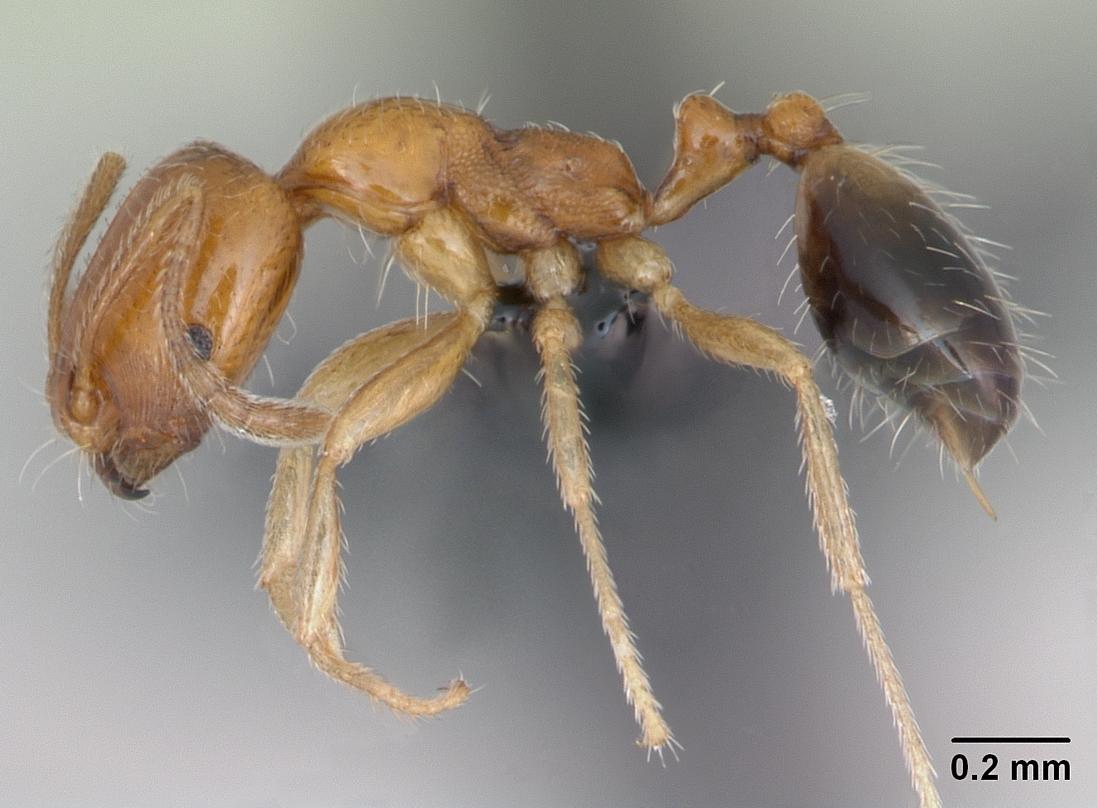Copyright majorcadailybulletin

Experts from Anticimex, a leading pest control company, in collaboration with the Centre for Ecological Research and Forestry Applications (CREAF-UAB), confirm the presence in Palma of the so-called Trichomyrmex destructor ant, also known as the Singapore ant. Experts from Anticimex, a company specialising in pest control and environmental health, in collaboration with the Centre for Ecological Research and Forestry Applications (CREAF-UAB), have confirmed the establishment of the species Trichomyrmex Destructor for the first time in the Balearics, in a building in Palma. This finding, published in the Bulletin of the Spanish Entomology Association, confirms the spread of the so-called Singapore ant to the Balearics after it was first detected in the port of Barcelona in 2005, in a shipment from South Korea. It was subsequently detected in Alicante in 2007. However, its establishment was not confirmed until 2019 in Málaga and Marbella a year later. This invasive species is spreading thanks to the transport of goods and is included in the group of the most harmful ants due to its impact on the natural, agricultural and urban environment. Its presence in homes has a significant impact, as, in addition to attacking food, it can cause painful bites to people and damage materials such as fabrics or electrical cable coatings, among others. This species of ant is characterised by workers of highly variable sizes, ranging from 1.8 to 3.5 mm. It is distinguished from other species of the same genus by having a transverse striation on the upper part of the head. It is a vagrant ant that forms large colonies with multiple queens and can establish itself both outdoors and indoors, where it can remain active all year round. As explained by Carlos Pradera, an expert in urban pest control at Anticimex and author of the scientific note with the first mention of the Trichomyrmex Destructor ant in Palma: "This recent discovery in Mallorca confirms the spread of the Singapore ant in the Balearics, following its detection in our country 20 years ago. It is a quite harmful invasive species, which destroys materials and bites people, so it is essential to take extreme precautions and contact experts in pest control to prevent its spread". This discovery confirms the existence of 16 species of exotic ants in the Balearics, some of which, such as the Singapore ant, are included in the Spanish catalogue of invasive exotic species. How to prevent and combat the presence of ants Anticimex recommends various measures that can help prevent and control the presence of ants: · Maintain strict hygiene on surfaces and in food storage. · Carry out the removal or proper management of food waste. · Inspect the goods or food that arrive at your home. · If you suspect the presence of this ant, contact professionals to prevent its rapid spread inside the building. Despite taking these precautions, ants are a problem that can be difficult to combat effectively. It is therefore essential to seek the advice and support of specialist technicians in the control of this type of pest, such as the professionals at Anticimex, who have the knowledge and control methods that prioritise sustainability and guarantee the well-being and health of both people and the environment. · Experts from Anticimex, a leading pest control company, in collaboration with the Centre for Ecological Research and Forestry Applications (CREAF-UAB), confirm the presence in Palma of the so-called Trichomyrmex destructor ant, also known as the Singapore ant · This invasive species is included in the group of the most harmful ants due to its impact on the natural, agricultural and urban environment · The Singapore ant was first detected in Spain in 2005 in the port of Barcelona, but it was not until 2019 that its establishment in Malaga was confirmed, and a year later in Marbella · Its presence in homes has a significant impact, as, in addition to attacking food, it can cause painful bites to people and damage materials such as fabrics and electrical cable coverings, among others The colonies of this species are polygyne, having multiple queens. Colonies can be established in trees, in the soil, or inside buildings. They have been found in potted plants, lawns, and irrigated fields. In cooler climates, especially outside the tropics, colonies are often found in heated buildings. The ant has been known to nest inside power sockets and computers. Workers forage slowly, traveling in narrow trails. It is a generalist species in terms of diet, gathering living and dead insects, insect eggs, nectar, seeds, and almost any food item available in households. In trials of baits, the ant was most attracted to soybean oil and white bread, and clearly preferred peanut butter over honey. This ant tends sap-sucking insects to retrieve their honeydew, but it does not have the strong mutualistic relationship with these insects that many other ants do.



